I have to admit – we have it pretty good with today’s mountain bikes, and the products that hang from them. Everything is pretty damn dialed, and reliable too. Things have really come on in the last 10 years and I’d say one of the big driving factors behind that was the introduction of the 1by drivetrain.
Eleven years ago, SRAM shook up the mountain biking world when they released their new-to-the-world XX1 groupset; the first 1by dedicated groupset. It was gorgeous; the narrow wide chainring blew people’s minds. I remember looking at the cassette and thinking, ‘holy shit, you could eat your dinner off that, it’s so big’. Mind you, that was a measly 42t compared to today’s 52t cassette. That groupset really did change the game.
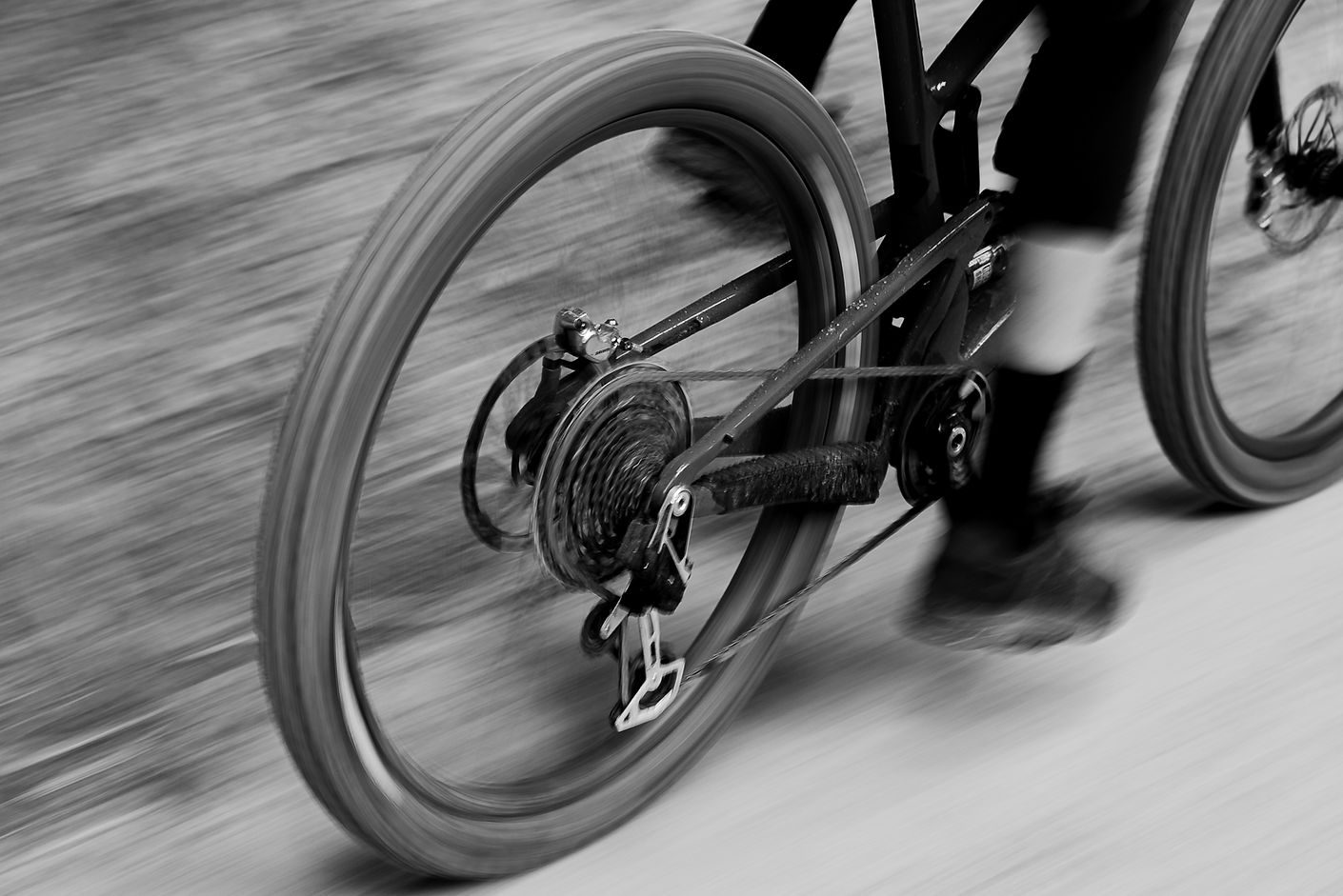
Now, 11 years later, SRAM is back at it. Disrupting the normal; rewriting the rule books – and changing the game for the future. Enter, the new XX1 SL, XX1 and X01.
SRAM has gone back to the drawing board and reimagined the way the derailleur mounts to the frame. Gone is the hanger. In its place, a clevis mount derailleur. The new system is designed to work on bikes that use a SRAM UDH hanger interface.
A couple of years ago, SRAM brought out the UDH (universe derailleur hanger). The purpose of it was to create a better derailleur hanger, that other bike brands could adopt. It was a standard that made sense and, slowly, more and more bike brands have been getting on board with the standard. It was a really good move forward for the bike industry. This new AXS system builds on top of that. The hanger is replaced by a direct mount clevis on the frame. By making this change, you massively increase the stiffness and strength of the derailleur. It’s not just held by a single bolt to the hanger; instead, it mounts both sides of the frame. When you induce the hub, frame and axle it creates an interface that is incredibly stiff and really strong, so much so that you can put your bike on the ground, stand on the derailleur on one foot then get back on your bike, ride away and the shifting will still be perfect. That’s not possible on a normal hanger set-up – something will bend. I had my doubts about it until Chris showed us – it was super impressive.

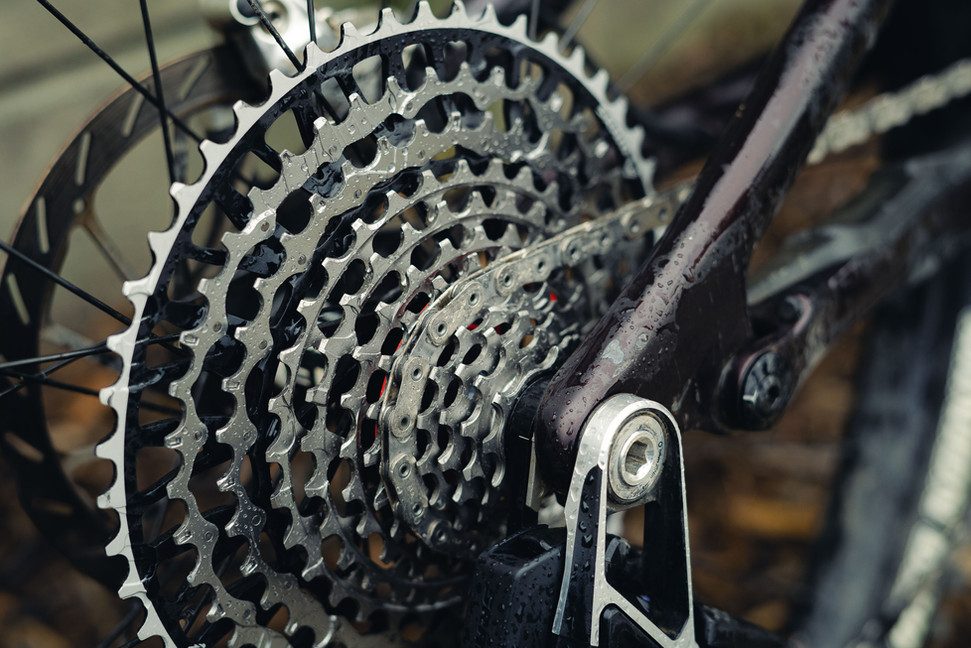
The derailleur keeps the override clutch system that lets the mech move out of the way. It’s fantastic, and something that seems to get used regularly on my current GX AXS. It’s saved my hanger from getting bent so many times and I’ve never needed to straighten it like I would have with a normal cable set-up. The clevis mount, combined with the override clutch, gives you a system that should (in theory) be very hard to put out of tune. Overall, it’s a much more reliable system with more pierce gear shifting offering a better experience on the trail.
SRAM has also introduced other technology to these groupsets: flat-top chains that come from their road bike groupsets. These increase efficiency and durability whilst looking flipping awesome. X Sync can now be seen on the cassette, improving the shifting and chain reaction. It really lets you shift under load without the worry of skipping gears. I’d imagine it also helps with the durability of the cassette. The recent SRAM x Dome cassettes have incredible wear life if you replace the chain regularly. I think these new ones will blow them out of the water, as long as you keep up-to-date on replacing the chain when it’s worn.
The smart engineers at SRAM Germany really went to town on this, and have gone over everything with a fine-toothed comb. Chris Mandell (SRAM PR) told us that they looked at all the warranty data they had collected over the last 10 years and tried to eliminate as many of the issues as they could. The way to do this was to redesign the whole system and imagine a new way of doing things. The clevis mount gave the ability to produce a far superior product and gave the engineers more ability to optimise every last bit. There are so many little things they have done that all add up and just make it a joy to use – such as the slight bend in the derailleur cage. It looked like it had been bent on the trail but in actual fact, it was supposed to be like that. It helps keep the pulley chain interface better aligned when at the extreme ends of the cassette. There are two different modes to set the cage to, depending on the chainstay length, along with many other little things which have been optimised to create an overall better product.

Set up has become easier than ever before. I won’t go into exactly how you go about it – the SRAM technical manuals have that all dialed and are a great source of information.
“We gave this product out to some of our racers this year, on the EWS, and the mechanics keep overthinking the setting up of the system,” explained Chris. “They keep telling us: ‘it can’t be this easy!’”. Easier setup leads to fewer problems and fewer tuning errors from the get-go.
Now, I imagine you’re thinking; ‘that’s all well and good, but what happens if I crash and absolutely smash it into a rock and manage to bend it?’. Well, yes. Shit does happen, obviously. In that case, on a normal hanger mech situation, both of them would probably be a full write-off and due for the bin. In the case of this new system, well, I’d be very surprised if you were able to bend the clevis. It is truly that strong and stiff. The good news is that the rest of the derailleurs are rebuildable. If you do damage a part, it will most probably be replaceable. You can remove the cage without using any tool. A simple little ‘tap’ while unscrewing the cage will loosen it up. The tension spring and clutch are now built into the cage, so servicing and cleaning these parts has become super easy and something that can be done in no time. The face plates of the parallelogram are replaceable as well. Is your mech looking a bit scratched up and tired after a year of use and abuse? Simply slap some new ones on, and it will look brand new. I’m really behind this – I love when brands make their products rebuildable and serviceable; products that they want to see being used for years and years; products that you can fix rather than just replace. It is the way our industry should be heading, rather than adding to a ‘throwaway society’ just because one tiny part breaks or wears out.
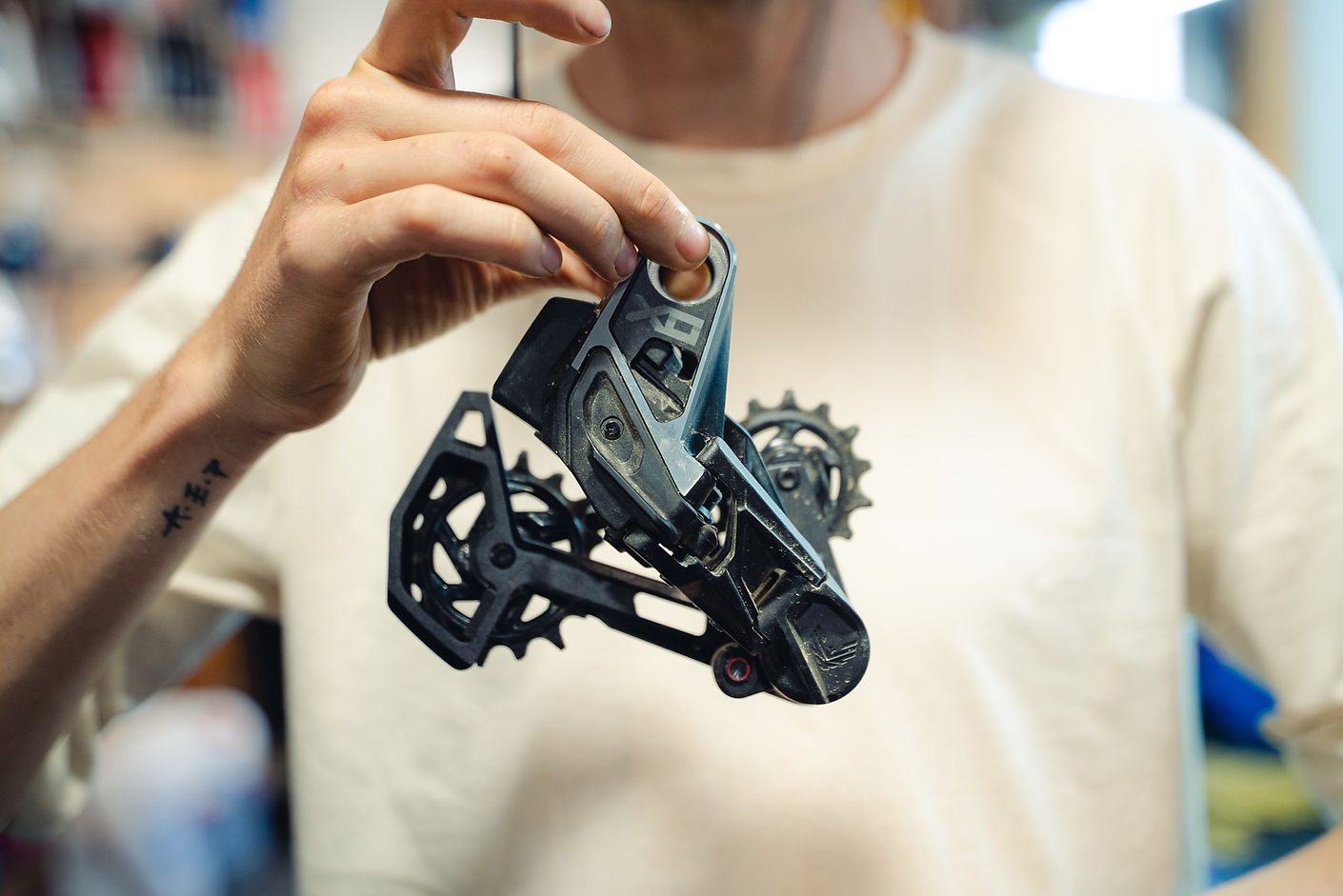
The derailleur looks slick – it’s futuristic looking, almost taking some of that cyberpunk aesthetic and feel that Hyundai is using in their cars. There are sharp lines throughout, highlighted by the brushed alloy metal on the black derailleur. It’s a solid unit of a mech and it looks like you could take this thing through the gates of hell and come out unscathed. The new cassette is a work of art as well. As you looked closer, you realise SRAM have added X Sync to the cassette as well. Mind-blowing stuff. The new shifter – or pods as SRAM refer to them as – have a more traditional, ergonomic design compared to the previous generation. It uses a two-button system, one placed above the other. The rubber paddles require a push, making them feel like a shift versus a tap. The return spring built into the paddle gives you that positive, almost mechanical, feel. Personally, though, the pièce de résistance was the new XO cranks. They are gorgeous. A change from carbon to alloy, they are unlike anything else on the market (well, minus 5DEV). They’re minimalist, cyberpunky and abstract. You can tell they used what they learned from their AI crank program and applied it to this. There’s a hole near the crank bolt, highlighted by the brushed metal accent that gives the look of a drawing compass. The bushed metal has been placed in the part of the crank where you’re most likely to get foot rub, thus keeping the crank looking brand new for years, for us chronic shoe crank pedal rubbers. The final piece that set these off, is the return of the bash guard. Why these ever feel out of fashion I do not know, but I’m so glad to see them back. They mount on the chainring and can be removed if you see fit. I’m such a fan of these.
From the first shift, you realise this is something special – it’s not just another groupset, another new drive chain. It’s more than that. It’s the crispest shifting I’ve ever experienced. It has such a positive feel to it. There is that reassuring ‘clunk’ as it moves into gear – almost mechanical, but with the precision of electronics. It’s lightning fast; instant, and precise. Even under load, in the worst possible moment to shift, it was still absolutely light years ahead of everything else. Everything you have learned about not shifting under load, you can now throw out the window; this new system does it with ease. I think a big factor of this is due to the added stiffness of the direct mount and the X Sync teeth on the cassette, but SRAM has also made a lot of tiny tweaks that have really optimised the system.
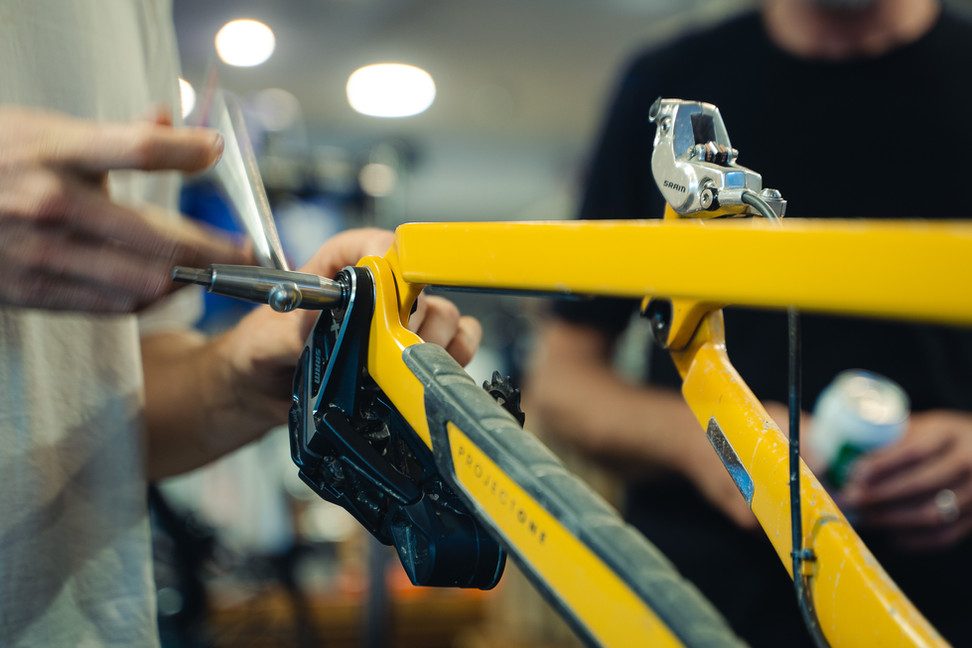
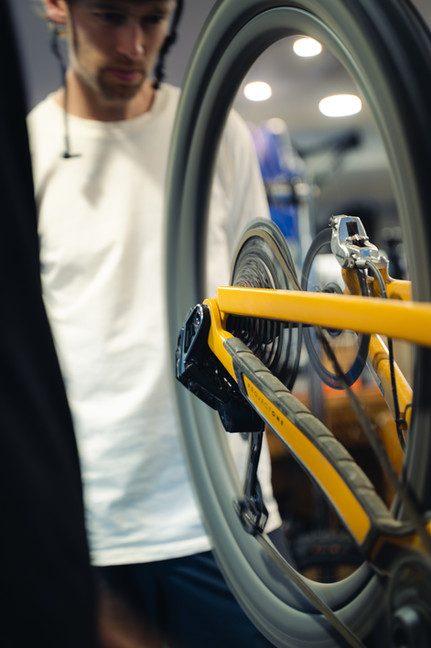
The more I rode the product, the more I liked using it – it’s an absolute joy to use. You just know that when you push the button to shift, it will do it – there’s no worrying about a little under-power half pedal to help it shift. Just pedal as you would, and the chain will shift on the cog. It really does improve the enjoyment of climbing. The slightly altered rations in the cassette were also a welcomed improvement. No more big jumps between the 42t to 52t. Instead, you 44 – 52 jump and it feels a lot nicer. It doesn’t sound like a lot, but it makes a difference, with less of a sudden change in ratio. It’s hard to put into words the feeling of the drive chain over the previous stuff; overall you’ll just have a much nicer time while shifting. A good analogy would be comparing driving a car from ten years ago to driving a brand new, modern car with all the bells and whistles. Both do the same thing, but the newer car is going to be easier and arguably more enjoyable to drive; more relaxing, quieter, with more features to assist you.
SRAM has really knocked it out of the park with this. It’s hard to think about how you can improve on what they have delivered here. It’s truly fantastic. It’s robust, designed from the ground up for mountain biking, and is finally moving on from the hanger system that came from road bikes so many years ago. I’m a massive fan of the ability to be able to rebuild and replace the parts on the derailleur.

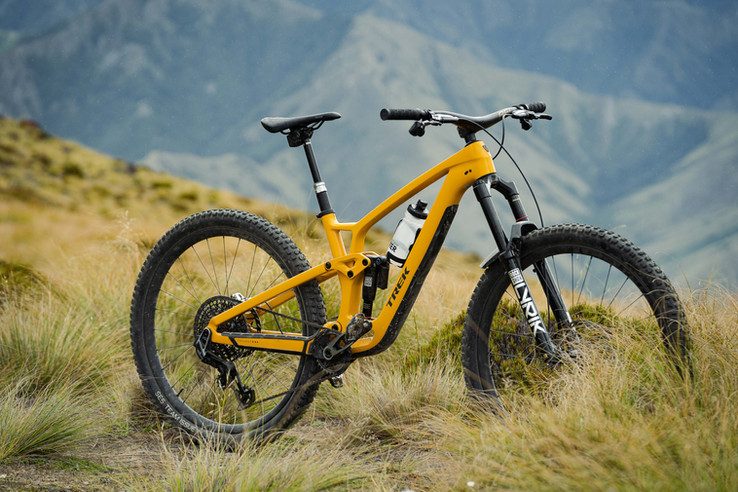

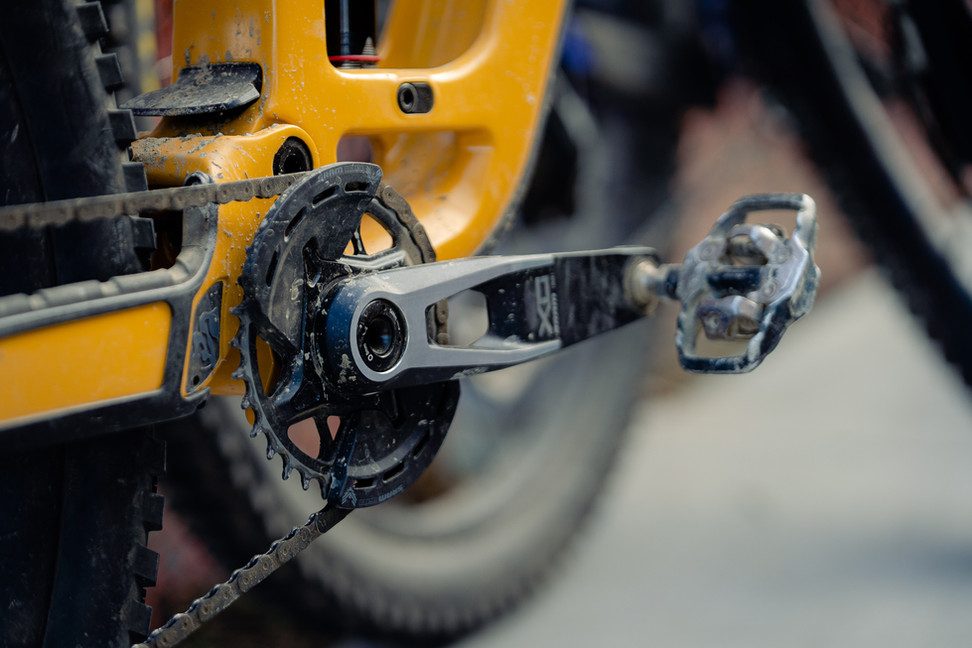
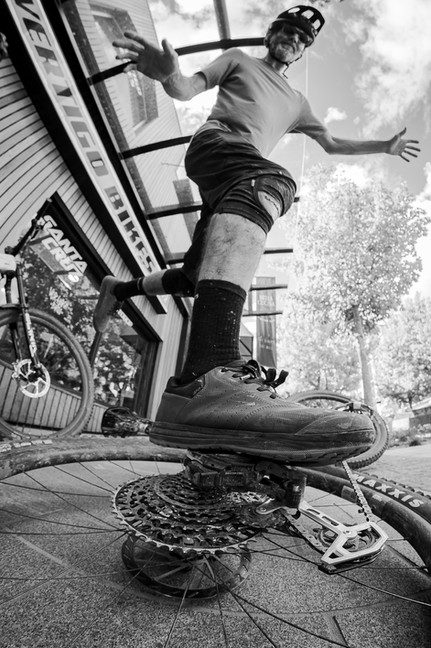
The shifting is light years ahead of the others. Will this groupset make you ride faster? You could argue that it will, but I don’t think that’s the right question to ask. Will this groupset enhance the experience of your ride? 100% it will. It’s an absolute joy to use, and makes you want to shift more – plus, it’s easy to set up. It’s built to last, is robust, and strong, so you don’t really have to worry about it. Going off the reliability of the previous AXS stuff, which was – in my opinion – the best out there, this should be able to survive an apocalypse. I’m not normally the sort of person to fork out for an expensive drive chain. Instead, I normally run the cheapest I can get away with. Gen 1 of AXS started to change my mind about that but this new stuff has 100% flipped my view on it. It’s something that’s worth saving up for and putting on your next bike. It’s something worth investing in. You won’t regret it.
Hat’s off to you, SRAM. Well done.
Words & Photography: Jake Hood

